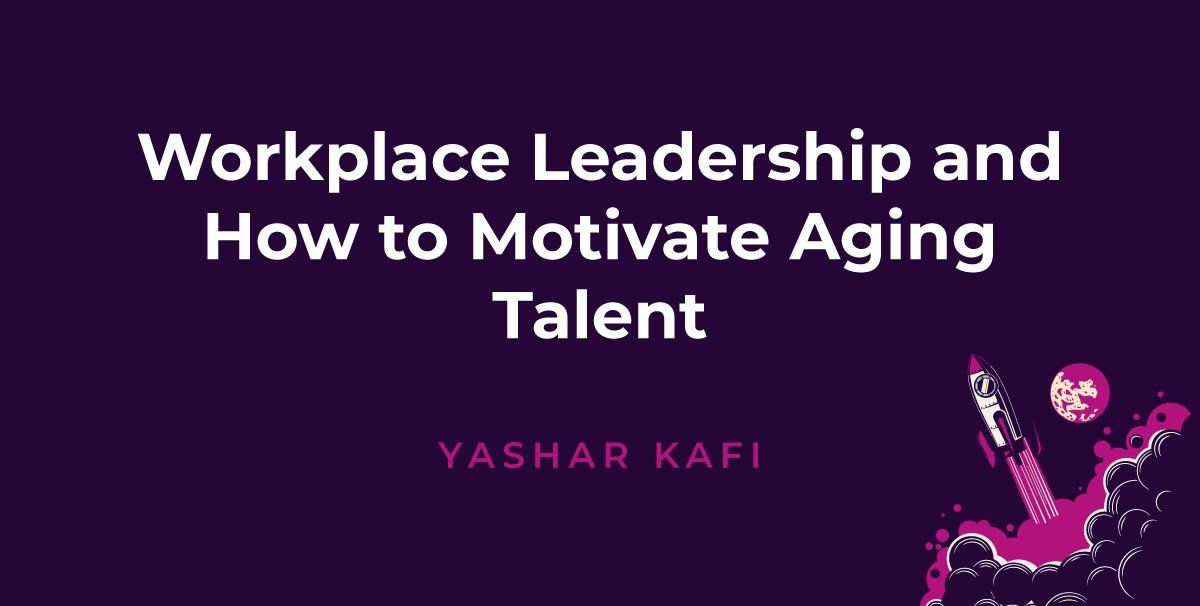Workplace Leadership and How to Motivate Aging Talent
We have explored how to motivate and lead new, younger talent in the workplace, as well as how to influence and support the middle generations. Now, we’re exploring how to motivate aging talent in the workplace. Here are a few insights on how best to support and encourage aging talent, so you can lead them to achieve optimum results.
Defining Aging Talent – Don’t Be Ageist
When dealing with talent, recognizing their specific needs and adapting your approach to suit them are top priorities. It requires awareness, insight, and sensitivity. This is especially true with aging talent (commonly defined as those in the workplace aged 60 or older). After all, you don’t want to sound ageist when acknowledging an older workforce.
While these workers may be older (and more experienced), they don’t want to feel old, especially not because of how you treat them. For instance, the older generation in your workplace may not be as aware of the most modern technologies. Do you think anyone would want these shortcomings in technology pointed out? No, of course not.
It’s essential to hone a healthy and practical approach for dealing with and motivating this niche, as there seem to be more aging workers than ever in the workforce today. According to data from the U.S. Bureau of Labor Statistics, workers aged 65 or older have grown by 117% within the last two decades, while employment of those 75 years or older has also increased by 117%.
With such high numbers, it is necessary to learn how to work with and lead these older workers—and treat them well.
How to Motivate Aging Talent
We’ve touched on the importance of never being ageist when figuring out how to motivate aging talent. To avoid ageism in the workplace, it’s vital that you first recognize that the workplace has changed drastically since these individuals started working at the beginning of their careers. Keep this in mind while working to keep them current in today’s operations. But you must go about this respectfully, without patronization of any kind.
Simply put: Don’t treat them like they are coasting into retirement or are somehow out of touch. They may feel like their point of view is less important.
Place a High Premium on Life and Work Experience
It’s also important to remember that these individuals have years of experience under their belts—both in work and life—which means they know things the younger generation simply won’t. These workers have been around the block and have seen and done many things.
It’s vital that you recognize and respect the value of this experience. Not only can you learn from their experience, but so can newer, younger talent just starting.
Realize What They Really Want
The key to motivating any worker is to learn what drives them—the dangling carrots that keep them pushing forward in their life and career. These motivators will differ from generation to generation, with the majority of older workers tending to care less about the opportunity for advancement than they did at the beginning of their work journey. Instead, more senior talent tends to care about recognition of a job well done after so many years of service.
A good leader will have a finger on the pulse of today’s trends in the workplace, including being aware of and having a deep understanding of the current
career goals of modern workers so they can continue to connect with and inspire every generation, including the older workforce.
Want to learn more? Connect with us today to get started.




